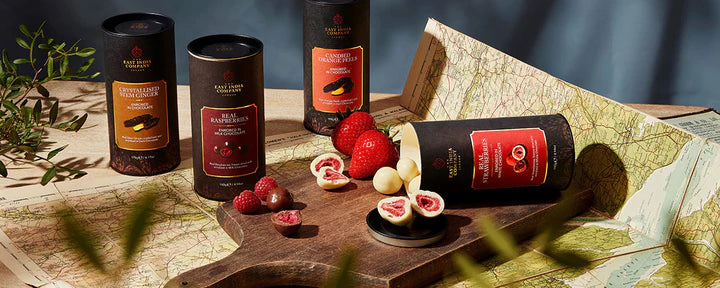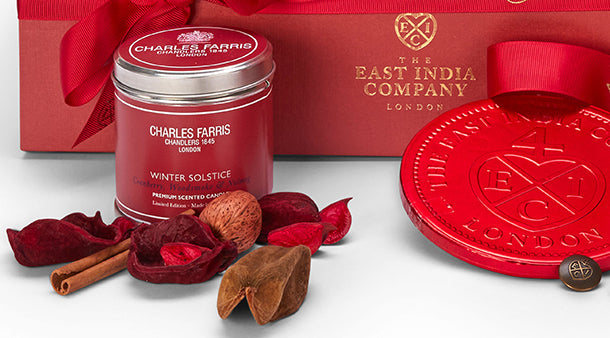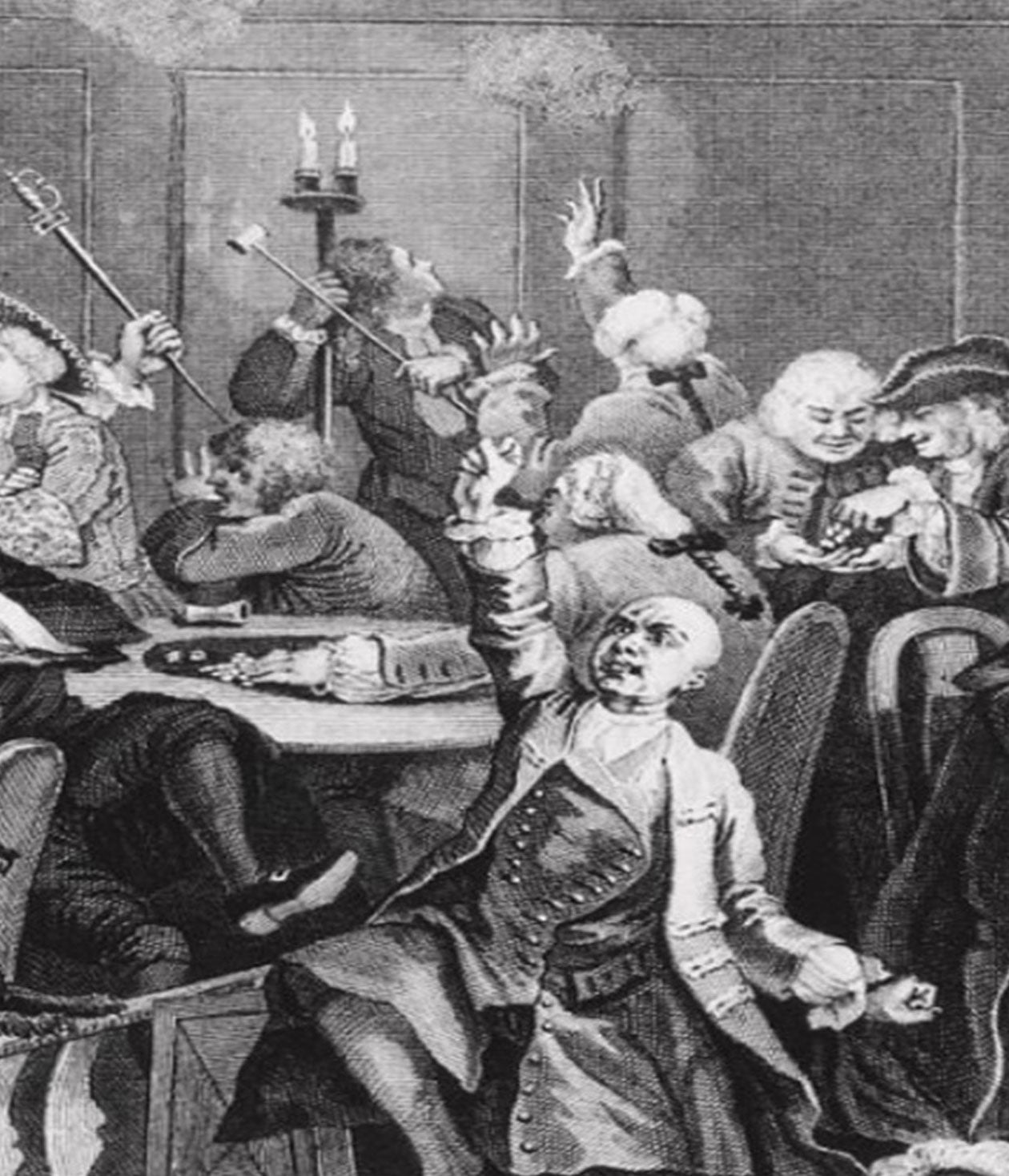Cocoa was used as a beverage over 2000 years ago by the Mayans, who, like the later Aztecs, used cocoa on special occasions to reward brave warriors and as an aphrodisiac. Both empires also used cocoa beans as currency.
Columbus first brought cocoa to the west in 1502 to little acclaim but after Cortes conquered Montezuma and the Aztecs, he introduced cocoa, transformed from bitterness with sugar or honey, to the Spanish court, saying "one of this precious drink allows a man to walk a whole day without taking nourishment.”
Chocolate became established in Europe and soon arrived in Britain, being first sold in 1657 in The Coffee Mill & Tobacco Roll. It was all things to all people, including to Samuel Pepys, a hangover cure. London Chocolate Houses also became THE fashionable meeting places for the elite of London society, as well as being dens of iniquity for the colourful characters of London.
White’s Chocolate House was an all-male establishment, charging a penny for entrance, whilst The Cocoa Tree in Pall Mall saw Tory strategy developed over a cup of chocolate.
The East India company was trading in cocoa, paying 2 shillings in tax per pound of cocoa imported by 1760, the equivalent to one day’s wages, for these beguiling cargoes of cocoa from far off lands, but in truth it was more engaged in tea than chocolate. Industrialisation made chocolate a food for masses around this time and Chocolate Houses fell out of fashion.
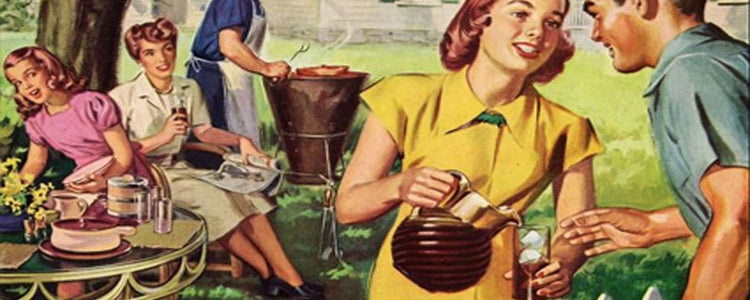
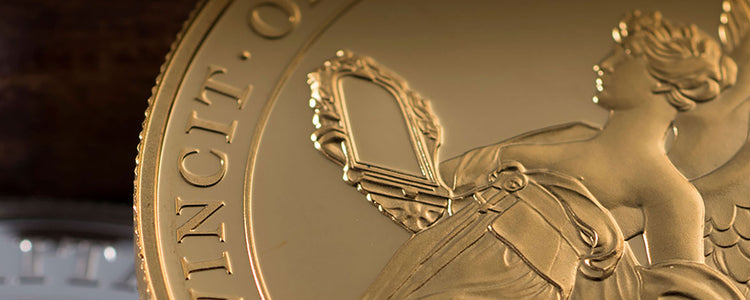
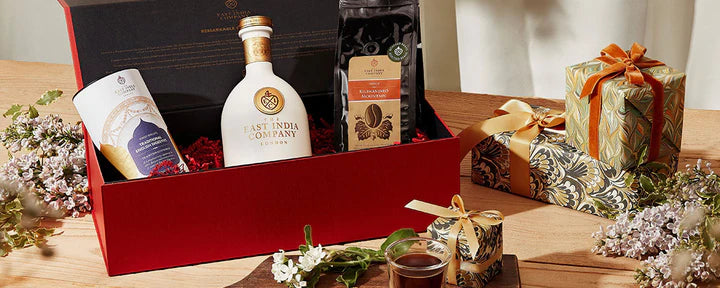
 Ceylon / Sri Lanka
Ceylon / Sri Lanka Assam, India
Assam, India Japan
Japan Taiwan
Taiwan Nepal
Nepal China
China Kenya
Kenya Egypt
Egypt South Africa
South Africa